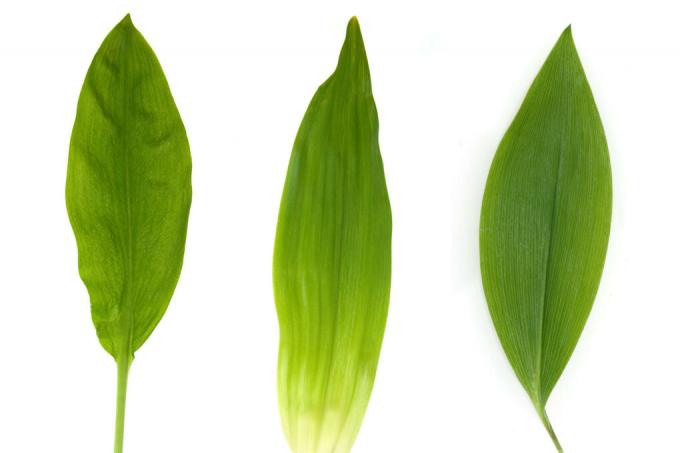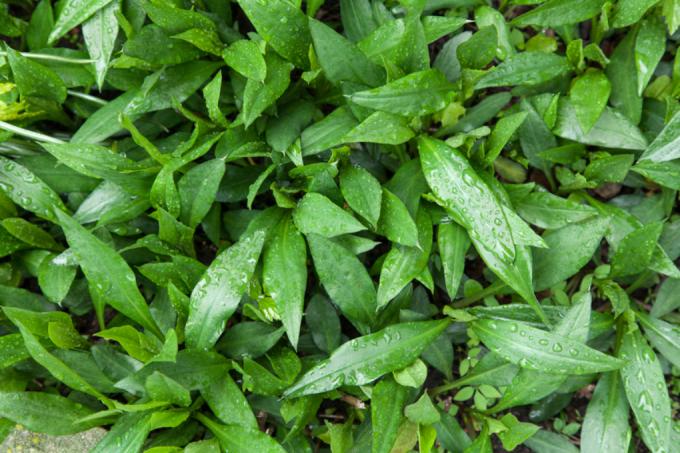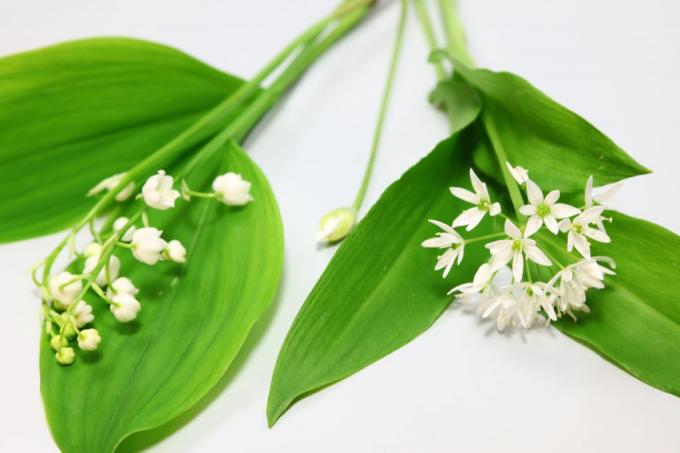AT A GLANCE
As Young plants immediately after sprouting arum and wild garlic can easily be confused. The two plants grow in the same locations. When sprouting, they show similar leaf shapes. If the leaves have developed correctly, there is no longer any risk of confusion.
Why is a mix-up dangerous?
All parts of Arum lilies are poisonous. The plant contains several substances that cause severe stomach upset in humans. Larger amounts can also cause circulatory problems and a collapse. The plant is also poisonous to animals. It can cause severe symptoms and even death in both domestic and grazing animals.
also read
Why can I confuse arum and wild garlic?
The spotted arum and wild garlic prefer the same locations in partially shaded area under trees. When they sprout, the leaves of the aroid have not yet developed their characteristic shape. Therefore, they can quickly be confused with wild garlic.
How can I tell the difference between aroid and wild garlic?
Have mature leaves of the aroid an arrow-shaped appearance. There are barbs at the lower end of the leaf. Wild garlic, on the other hand, has oval leaves. The leaf veins of the plant run parallel, without branching. On the other hand, the aroid forms irregularly shaped, branched leaf veins.
The flowering of the arum usually begins in April. The red spadix are very characteristic and differ significantly from the wild garlic blossom.
Tip
Aroid is irritating to the skin
The poisonous ingredients in the arum irritate the skin as soon as it is picked. If you notice red spots and perhaps pustules on your hands when collecting wild garlic, dispose of the picked parts of the plant. Definitely don't eat it.








